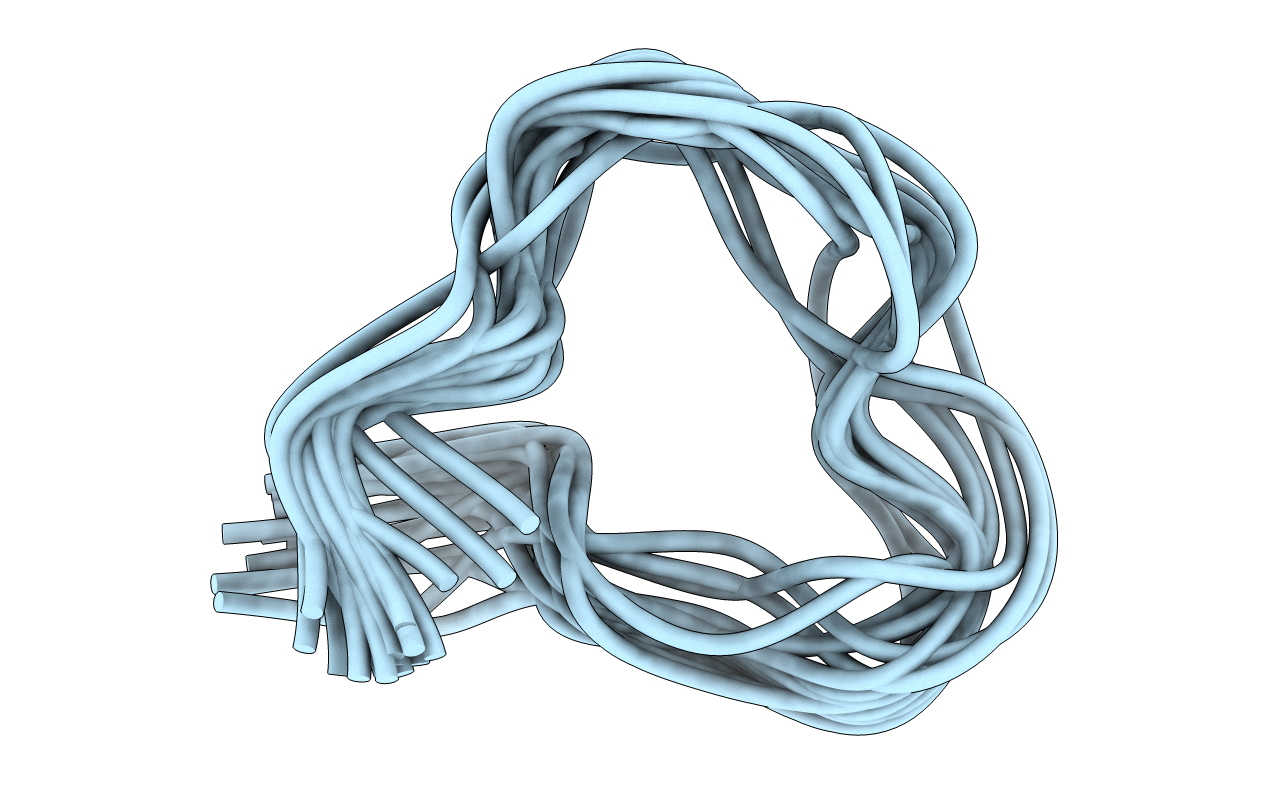
Deposition Date
2012-06-08
Release Date
2012-06-27
Last Version Date
2024-11-06
Entry Detail
PDB ID:
2LU6
Keywords:
Title:
NMR solution structure of Midi peptide designed based on m-conotoxins
Biological Source:
Source Organism:
Method Details:
Experimental Method:
Conformers Calculated:
100
Conformers Submitted:
19
Selection Criteria:
structures with the lowest energy


